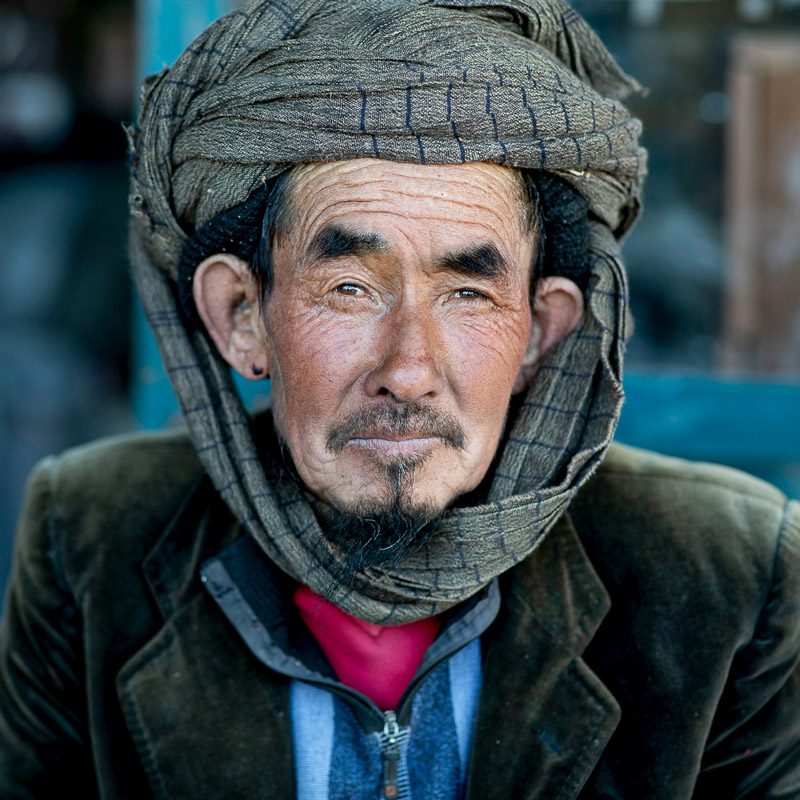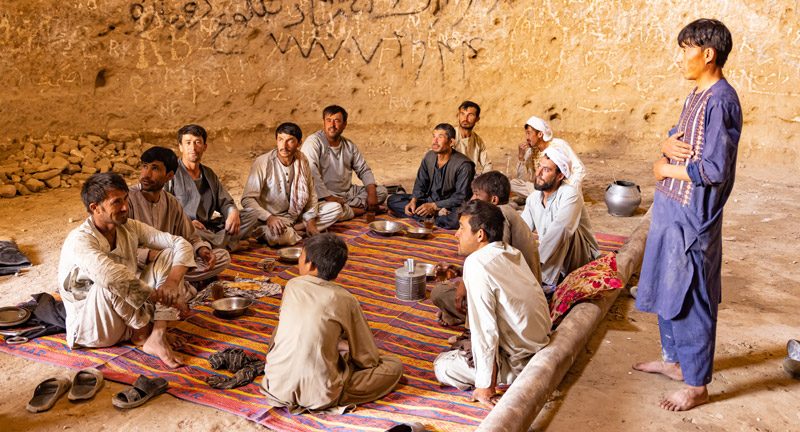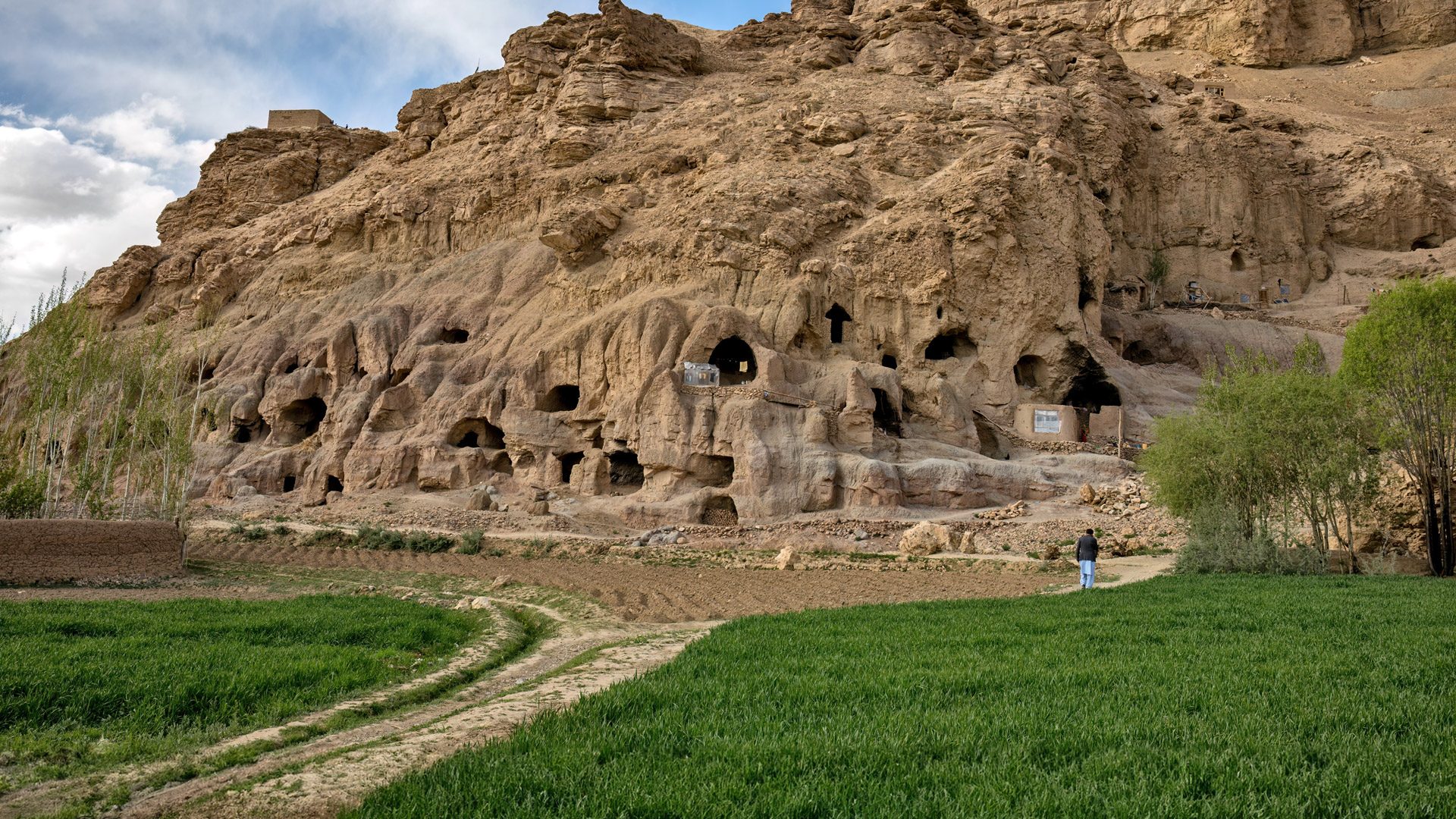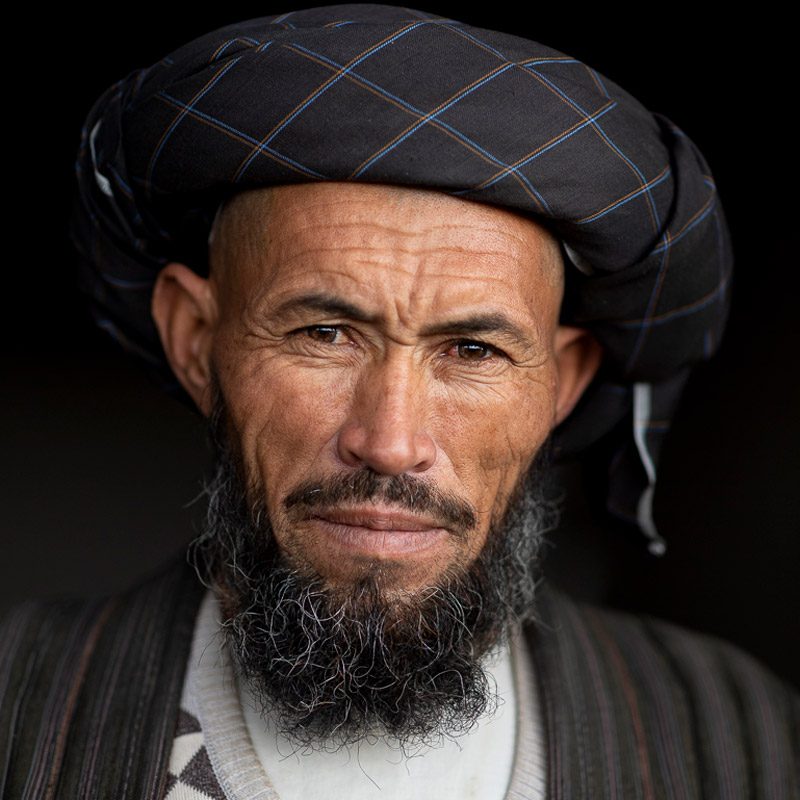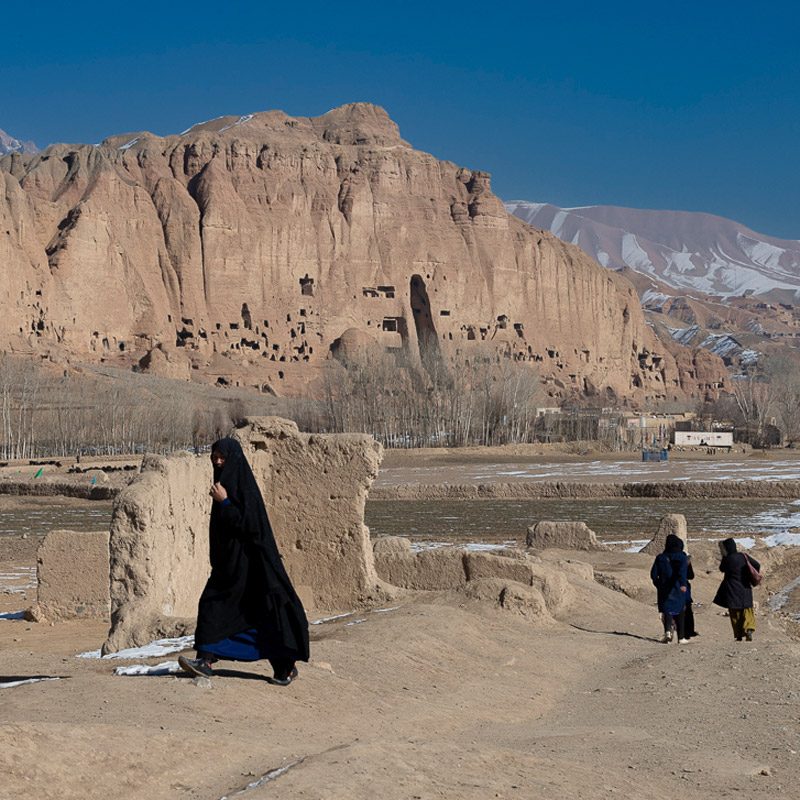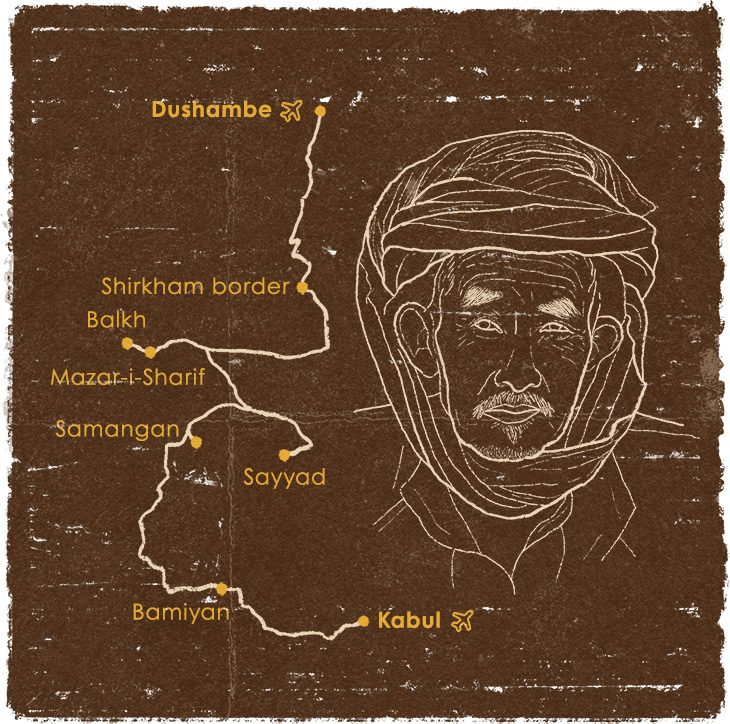Discover the highlights of this cultural trip to Afghanistan
► Mazar-i-Sharif, city of pilgrimage and legend
During our cultural trip to Afghanistan, we'll head north to discover Mazar-i-Sharif, one of the country's most important enclaves. This ancient oasis city is a spiritual centre of Sunni Islam and a place of legends revolving around Ali, cousin of the Prophet Muhammad. A visit to its bazaar will introduce us to the area's rich craftsmanship, especially its famous Turkmen carpets. Also, we'll stop at the spectacular shrine of Hazrat Ali, also known as the Blue Mosque. Although access is currently restricted to women, they can take advantage of the time exploring the lively local market. This city embodies, like few others, the diversity and complexity of this cultural trip to Afghanistan.
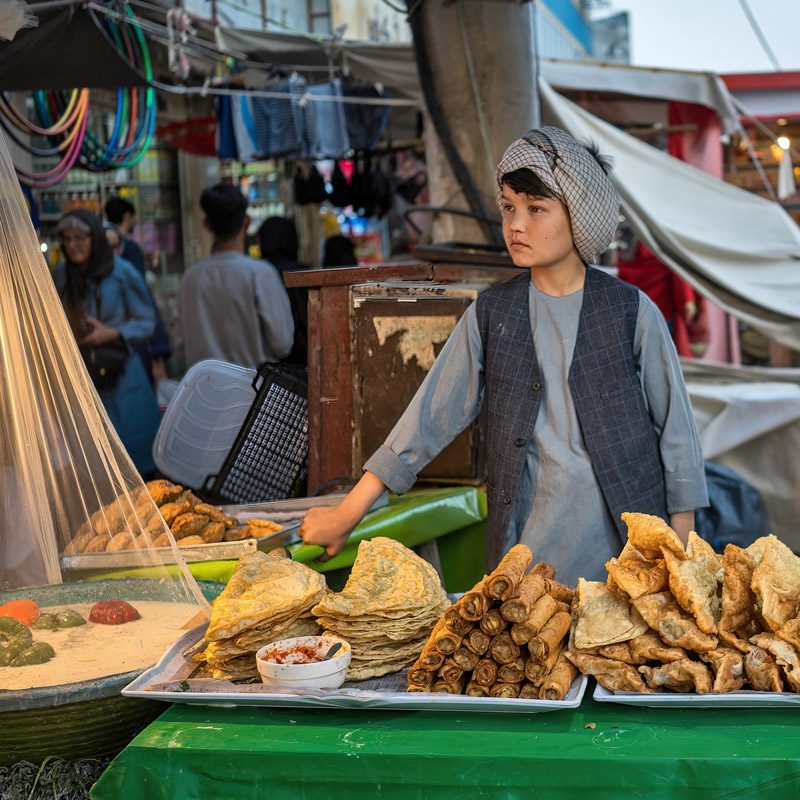
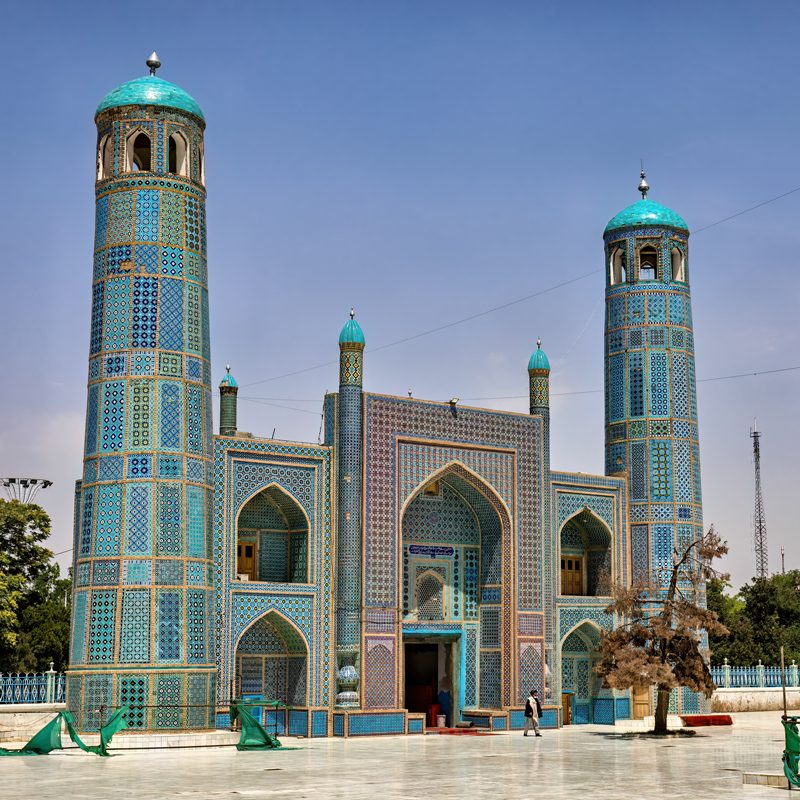
► The mythical city of Balkh
Very close to Mazar-i-Sharif, we will explore the historic city of Balkh. Formerly known as Bactra, it was a flourishing capital during the times of the Persians and Greeks. Despite the destruction it has suffered, it still preserves remains of walls and beautiful mosques that bear witness to its former splendour. The atmosphere of the local bazaar, dominated by the Pashtun ethnic group, will allow us to immerse ourselves in the daily life of this region. This day will further enrich our experience of this cultural trip to Afghanistan, bringing us closer to one of its most ancient roots.

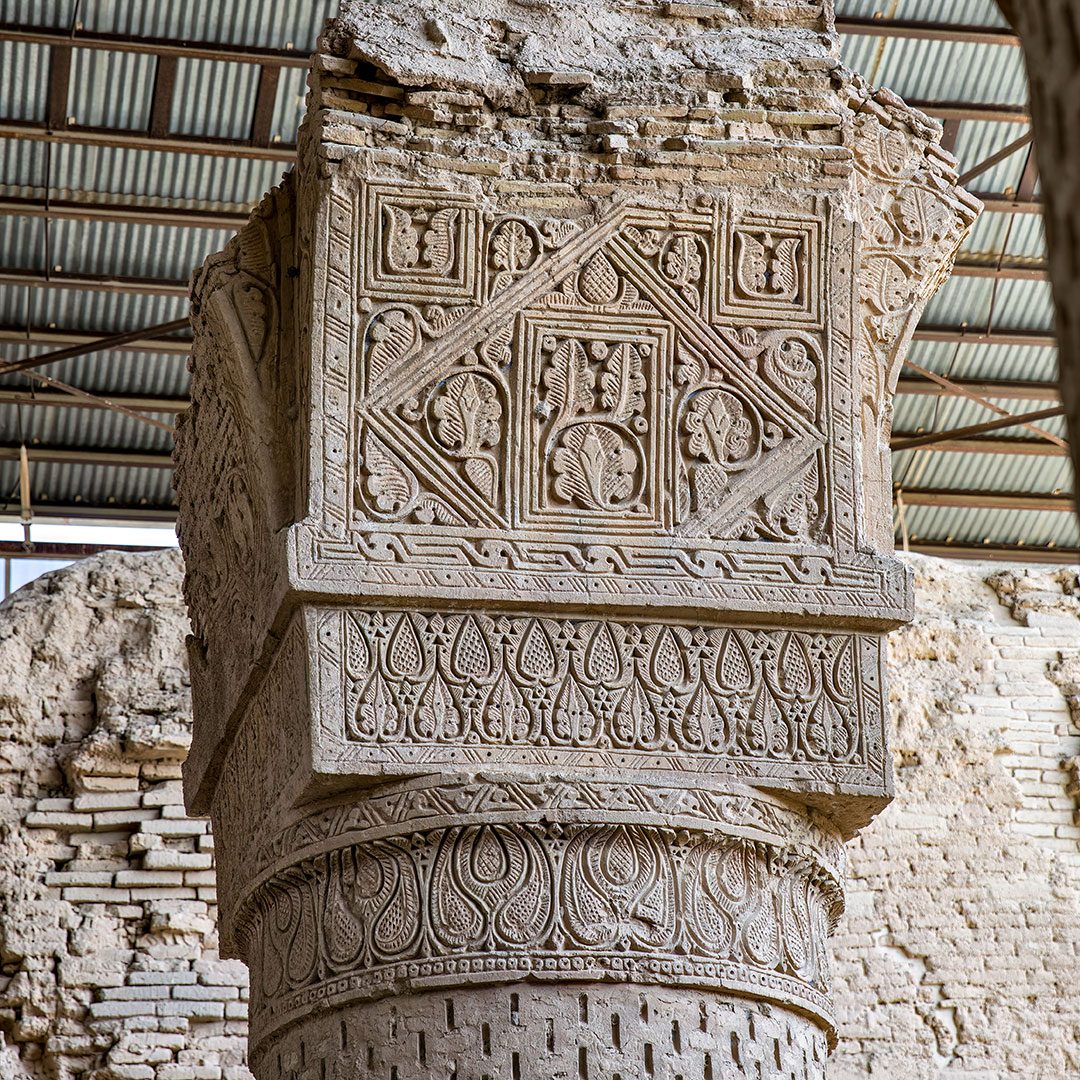
► Sayyad and the Buddhist stupa of Takht-e Rostam
The route continues toward Samangan, crossing golden landscapes until reaching Sayyad, a peaceful Uzbek village where time seems to have stood still. Here, we will stop to discover its simple adobe mosque and chat with its inhabitants. Once in Samangan, if we obtain the necessary permits, we will visit one of the most breathtaking places on this cultural trip to Afghanistan: the Takht-e Rostam stupa. Carved directly into the rock, this jewel of early Buddhism is reminiscent of Ethiopian monolithic churches. The surroundings include caves and monastic cells, a testament to the ancient spiritual splendour of this land.
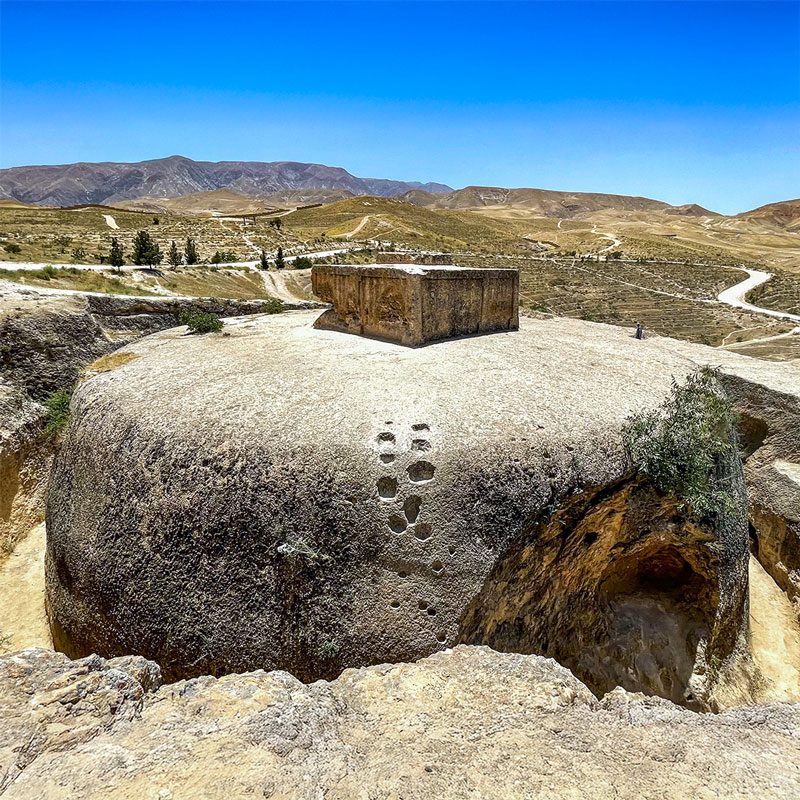
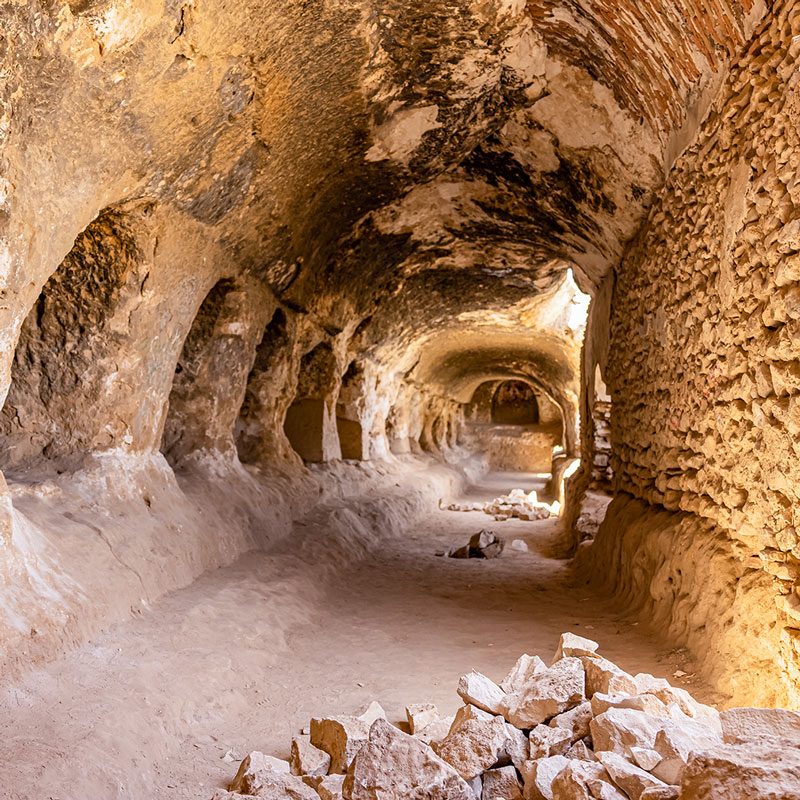
► Crossing the Hindu Kush towards Bamiyan
We will enter the imposing Hindu Kush mountain range and then descend into the legendary Bamiyan Valley. This region, inhabited by the Hazara ethnic group, is known for its history, rock art, and dramatic mountain scenery. We will visit the ruins of Shar-e Zohak, razed by Genghis Khan's troops, and the empty niches that housed the giant Buddhas, destroyed in 2001. The visit to Bamiyan is a key moment of this cultural trip to Afghanistan, as it connects us with its Buddhist past and the resilience of its cultural diversity. Before leaving Bamiyan, we will stroll through its central bazaar.

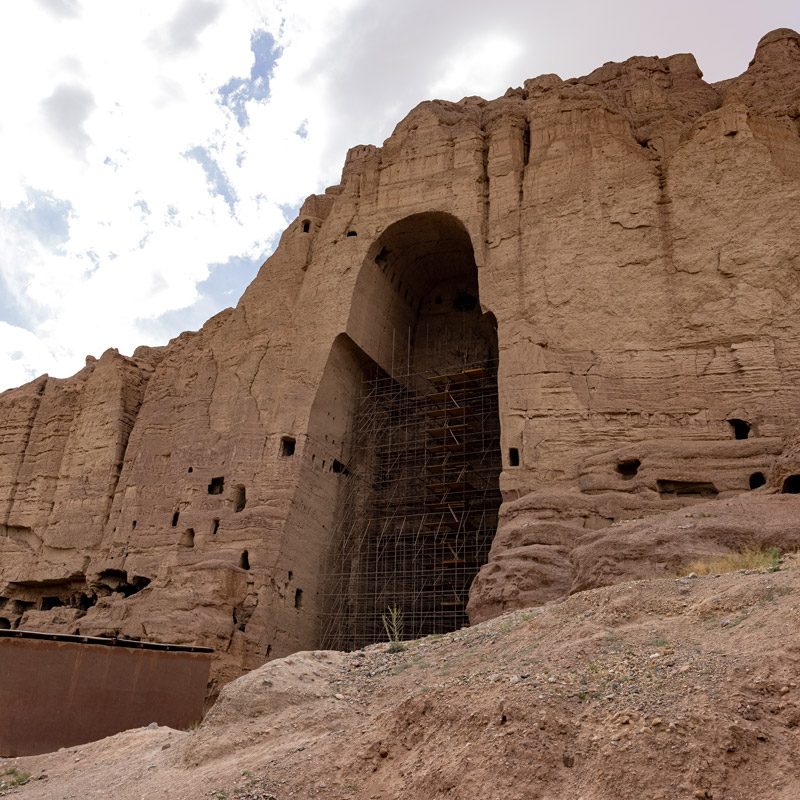
► Caveman life of a Hazara community
During this cultural trip to Afghanistan, we will visit a Hazara troglodyte village. Their rock-cut dwellings, once occupied by Buddhist monks, now house humble families. This contrast clearly illustrates the country's transformations.


► We will learn about the lifestyle of the Tajik people
On this cultural trip to Afghanistan, we'll enjoy beautiful landscapes of mountains and endless plains where we'll find small adobe villages. We'll visit a Tajik community to learn about their way of life.

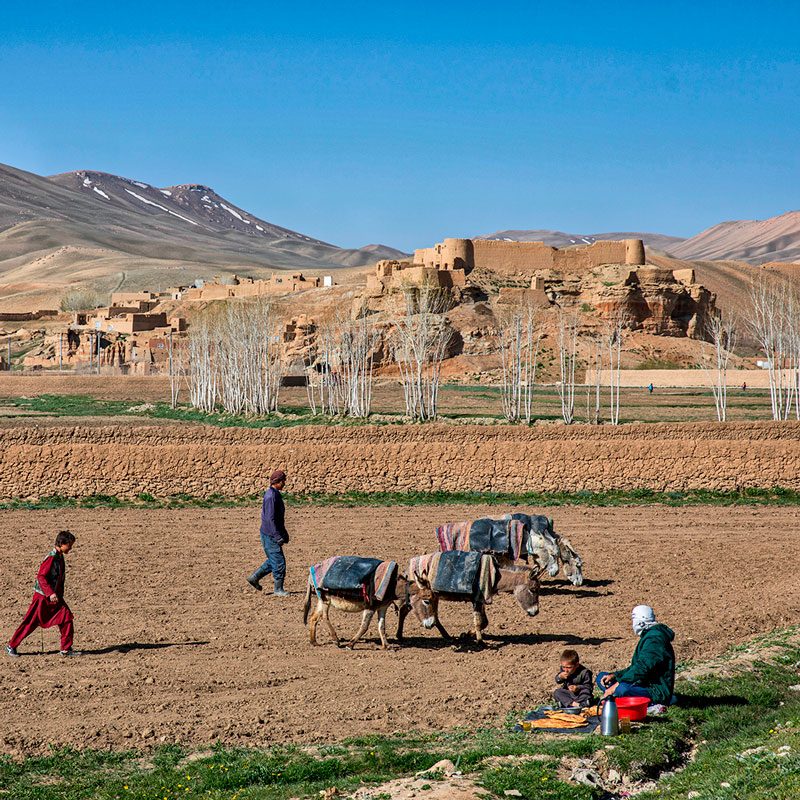
► The old city of Kabul
We'll cross the mountains again to reach Kabul, where its vibrant atmosphere will greet us. We'll climb one of the hills surrounding the city and share the sunset with local youth. This introduction to the capital prepares us for the next stage of this cultural trip to Afghanistan. We'll spend a full day exploring Kabul. First, we'll have a talk about the country's recent history. Afterward, we'll walk through the old bird market and the few traditional streets that have survived wars and earthquakes. Also, we'll visit historic houses, a Shia mosque linked to the Prophet Muhammad, and other sites marked by centuries of history. Despite its complexity, Kabul is a key element in understanding the profound meaning of this cultural trip to Afghanistan. On our last day, we'll take the opportunity to shop on the iconic Chicken Street and bid farewell to the bustling heart of the country. It will be the perfect end to a trip to Afghanistan that has allowed us to discover a land marked by spirituality, ancient history, and the strength of its people.
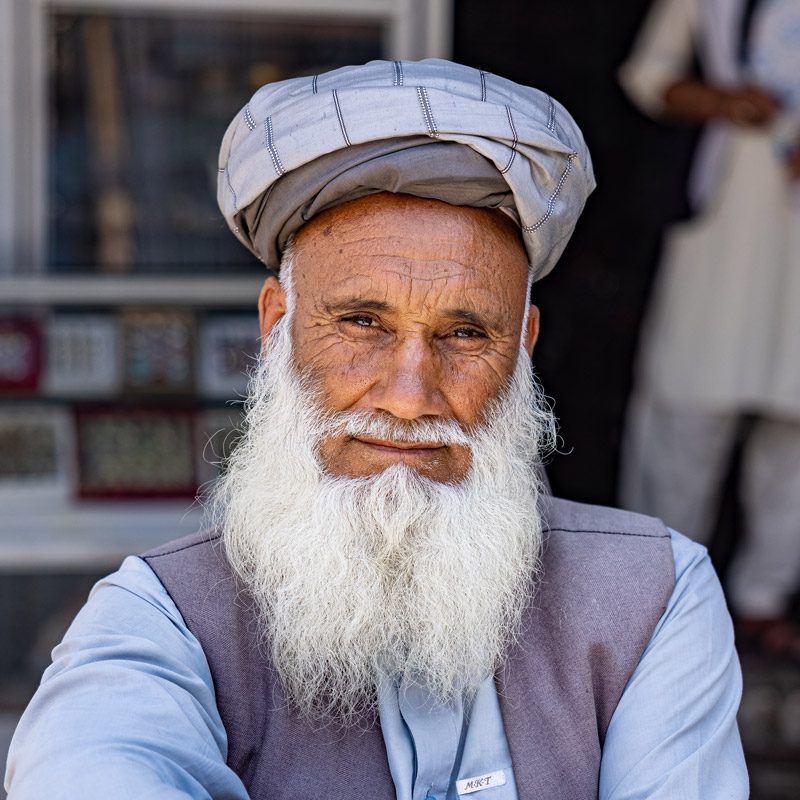

© Photos by Edith Scharffenberg, Jordi Zaragozà Anglès and Xavi de las Heras taken during a trip to Afghanistan.
► Download the detailed itinerary for this cultural trip to Afghanistan
Click the button below to easily access the download form for the itinerary for this cultural trip to Afghanistan.
